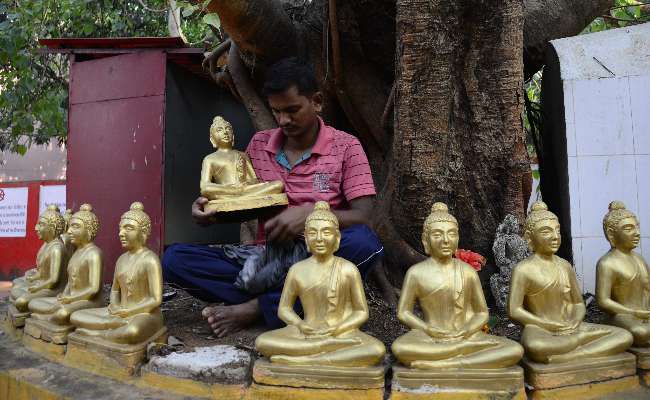Bhubaneswar: As part of its Incredible India project under the Ministry of Tourism, the Indiatourism-Bhubaneswar launched several tourism projects to popularize Buddhist tourism network in Odisha on the eve of Buddha Purnima, Sunday.
The day is auspicious for Buddhists across the world as it is associated with the birth and enlightenment of Gautama Buddha (563BC-483BC), who is revered as Maha Parinirvana, the founder of Buddhism.
Buddhism which originated more than 2500 years ago spread to Kalinga region, the nomenclature given to erstwhile Odisha, after Emperor Asoka’s annexation to this historical province in 261 BC.
Although Buddha had never visited the Kalinga region, Odisha boasts of many significant Buddhist tourist sites. The Mahaparinirvana Sutta states that Kalinga was one of the kingdoms to have obtained the tooth relic of Buddha after his death at Kushinagar. This sacred relic was enshrined and worshipped at Dantapur, the Capital of Kalinga. Emperor Ashoka’s conversion to Buddhism afterwards gave tremendous impetus to Buddhism in Kalinga. The rock edicts at Dhauligiri (near Bhubaneswar) and Jaugada advocate the welfare activities of the Maurya scion. The Shanti Stupa atop Dhauli hill can be viewed from a distance of more than 10 kilometres. From Hieun Tsang’s account of Bharatvarsh we learn that both Mahayana and Hinayana forms of Buddhism existed in Odradesa (Odisha) during the 7th century AD. However, thereafter, Vajrayan (tantric) form of Buddhism gained importance, and spread all over Odisha, and other parts of eastern India. Archaeological remains of Buddhist monasteries and stupas have been discovered at Ratnagiri, Lalitgiri and Udayagiri.
Kuruma (near Konark) is another Buddhist site where the 10th century archaeological remnants such as huge walls, Buddhist statues and chhatris have been unearthed. Other sites of Buddhist interest across the country include Ayodhya, Kupari and Solampur near Balasore, where Buddhist relics and ruins of monasteries have been found. Naraj on banks of Mahanadi near Cuttack is another picturesque place which was a known centre of Buddhist culture and learning. Chandragiri near Berhampur is another site, known as Odisha’s “little Tibet” has a conglomeration of Tibetan Buddhist refugees.
Those who are interested to visit networked Buddhist sites, relics and monasteries associated with spread of Buddhism and research related to Buddhist studies can contact their nearest India Tourism or Odisha Tourism office. Log on to this website for details: www.incredibleindia.org and www.odishatourism.gov.in .
State’s Buddhist tourist spots calling
